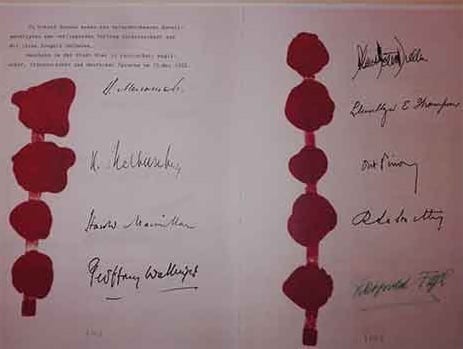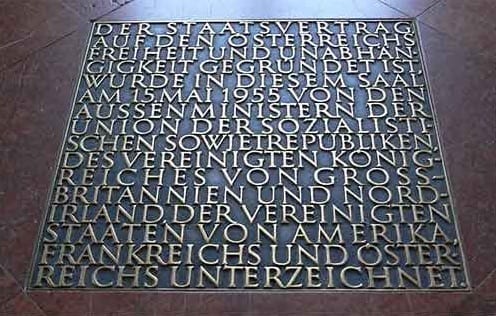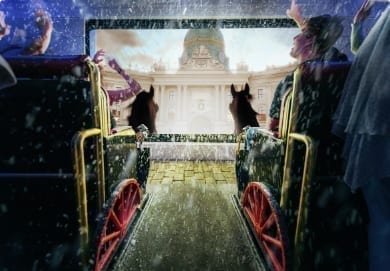This website uses cookies
We use cookies to personalize content and ads, to provide social media features, and to analyze traffic on our website. In addition, we use tracking tools such as Matomo and/or Google Analytics to collect anonymous usage data. You can block tracking on our Privacy Policy page. We also share information about your use of our website with our social media, advertising, and analytics partners. Our partners may combine this information with other data that you have provided or that has been collected as part of your use of the Services. For more information on how Google processes your data, please visit the Google Business Data Responsibility page.
Data Protection
This website uses cookies to offer you the best possible user experience. Cookie information is stored in your browser and enables functions such as recognizing you when you return, and helps our team understand which sections of the website you find most interesting and useful.
Strictly Necessary Cookies
Strictly necessary cookies should always be enabled to save your cookie settings.
Marketing & Statistics
This website employs tracking tools such as Matomo and/or Google Analytics to collect anonymous data, for example, regarding the number of visitors and the most popular pages. Enabling these cookies helps us to continuously improve the website.
Google Tag Manager
This is a tag management system. Using the Google Tag Manager, tags can be centrally integrated via a user interface. Tags are small pieces of code that track activities. Script codes from other tools are integrated via the Google Tag Manager. The Tag Manager allows controlling when a specific tag is triggered.
- +43 1 585 04 55
- office@amazing-sisi.at
- Daily from 9:30 to 19:00
Occupied Vienna
Learn more about Vienna in the years 1945-1955, as the city was occupied by Allied powers and divided into 4 zones Which victorious power took over which district in Vienna? What happend in the center of Vienna? Who were the four in the jeep?
Experience the festive moment when the State Treaty was signed on May 15, 1955. At Timetravel you will see the balcony of the Belvedere Palace, where the signed state agreement was shown to the cheering crowd. Celebrate this historic moment with us and hear the famous words of theformer Foreign Minister Leopold Figl: “Austria is free!
occupation time in Vienna (1945-55)
Viennadid not look any different after the Second World War than many other European cities,bombedand starving. Initially, only Soviet soldiers were present after the liberation of Vienna, the Western Allies (USA, France and Great Britain) did not follow until September 1945.
After the Second World War, Austria was occupied from 1945 to 1955 bythe four victorious powers. These were Soviet , American, British and French troops, dividing Austria into four zones. Vienna was also divided into four sectors, as well as a common interallied zone, the 1st district.
At the beginning, the occupation was characterized by military control The international patrol consisted ofone military soldier of each occupying force and began to work in August 1945. At first there were three soldiers, each one from the Soviet Union, USA and Great Britain. The Frenchman arrived in September 1945
“The fourin the jeep” controlled both in the first district, as well as in the rest of Vienna. The American was always behind the wheel (after all, it was an American jeep), and next to him was the Briton, behind the driver sat the Frenchman and next to him the Soviet. Now and then, the positions were changed, except for the driver.
In the 1950s, the four in the Jeep were also the topic in a swiss movie.
The State Treaty
The Austrian State Treaty was signed after10 years of occupation (1945-55)on May 15, 1955in theMarble Hall of the Belvedere Palace. It concerned the restoration of free, independent and democratic Austria. Neutralitywas an important negotiating criterion. Leopold Figl and Julius Raab were the politicians involved Leopold Figl, then Foreign Minister, was one of the signatories of the State Treaty, together with the respective Foreign Ministers and High Commissioners of thefour occupying powers. Figl is wellknown for his famous words: “Austria is free”.
The respective Foreign Ministers and High Commissioners have signed the State Treaty: Molotov and Ilyichov for the Soviet Union, Macmillan and Wallinger for Great Britain, Dulles and Thompson for the USA, and Pinay and Lalouette for France. Leopold Figlsigned with agreen ink.
It is interesting that the Original of the State Treaty is kept in Moscowand not in Vienna. The document contains nearly 300 pages with translations in Russian, English, French and German. It is in the archive of the Russian Foreign Ministry in Moscow. Sometimes, the document comes to Austria for exhibitions.


The Austrian National Holiday
May 15, 1955
After the signing of the State Treaty on May 15, 1955, the agreed period of 90 days began in which the occupying forces had to leave Austria. The last day was October 25, 1955, and to this day we keep the legend of the last Russian occupation soldier, who is said to have left Austria on that day. It is correct that he left the country already in September.
The Austrian Neutrality law came into force on October 26, 1955. On this day in 1955, Austrian neutrality came into force. Since 1967 it is a public holiday and free of work.
This day is traditionally celebrated with a parade of the Austrian Federal Army at Vienna’s Heroe’s square. Many public institutions, as well as government buildings open their doors to the public.
After his father died suddenly of scarlet fever in 1849 at the age of only 45, the son was able to take over his father’s orchestra. It was not until 1852 that Johann Strauss Sohn was entrusted with the performance of music at the imperial court. Later thetitle of k.k.Hofballmusik-Direktor followed.
The operetta “Fledermaus” and the “Gypsy Baron” created further hype. He was showered with invitations and honors as the Waltz King. During the day he composed countless waltzes and operettas, and in the evening he played late into the night. He became famous worldwide for the Donau Waltz, which is considered the secret anthem of Austria.
Strauss’ enormous workload took its toll: physical breakdowns necessitated a series of spa staysin 1853-55. He was inspired in Badgastein and then spent a few seasons as a guest in Pavlosk near St. Petersburg, where he also won over the Russian tsar’s family. It was the performances in Pavlovsk thatfinally made Strauss’s son step out of his father’s shadow in Vienna.
In 1862 he married Henriette, a former singer seven years his senior, called Jetty, who also became his manager. After she died in 1878, he married the actress and singer Ernestine Dittrich, called Lili, who was 25 years younger. However, it soon came to divorce because of another man. He consoled himself with Adele Strauss, who was 31 years younger. In order to marry her, he converted from Catholicism to Protestantism and even left the Austrian state and became a citizen of Saxe-Coburg and Gotha.

In 1862 he married Henriette, a former singer seven years his senior, called Jetty, who also became his manager. After she died in 1878, he married the actress and singer Ernestine Dittrich, called Lili, who was 25 years younger. However, it soon came to divorce because of another man. He consoled himself with Adele Strauss, who was 31 years younger. In order to marry her, he converted from Catholicism to Protestantism and even left the Austrian state and became a citizen of Saxe-Coburg and Gotha.
In 1872 he embarked on his longest concert tour, which took him across the Atlantic to the “World Peace Festival” in Boston and on to New York. However, he quickly suffered from homesickness and was glad to be able to make a guest appearance in Vienna again.
On June 3, 1899, he died at the age of 74 as a result of pneumonia. He was married three times and left no children.
His monument in the City Parkis one of the most photographed in Vienna and we can visit his honorary grave at the Central Cemetery. Furthermore, his former residence on Praterstraße, where he composed the famous Danube Waltz, can be visited. In addition, there is an interesting museum about the Strauss dynasty in the 9th district.

Ride
Opening hours
Daily from 10:00 – 20:00
Tour starts every 20 – 30 minutes
We ask you 15 minutes before
Tour start to arrive
Duration: about 30 minutes
Last admission: at 7:30 p.m.
Directions Parking
Habsburgergasse 3/8
1010 Vienna
When digging
Payment options

A partner company of the
Vienna City Card

© Copyright 2025 Amazing Sisi. | Imprint | Privacy Policy
